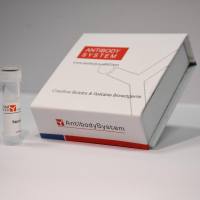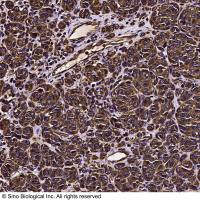Sindbis Virus-Based Vectors for the Study of Class I Antigen Presentation In Vitro and In Vivo
互联网
互联网
相关产品推荐

InVivoMAb 抗小鼠 CD274/PD-L1/B7-H1 Antibody (10F.9G2),InVivo体内功能抗体(In Vivo)
¥2700

Vimentin Antibody, Rabbit PAb, Antigen Affinity Purified | Vimentin 兔多抗 (抗原亲和纯化)
¥1699

APC Anti-Mouse MHC Class II (I-A/I-E) (M5/114.15.2) APC-65122
¥900

Lentivirus Packaging Vectors Set A
¥1299

重组人 p38 delta / MAPK13 蛋白 (Activated in vitro, GST标签)
¥3220
相关问答
推荐阅读
Use of Vaccinia Virus Expression Vectors to Investigate Antigen Processing and Presentation
Construction of Recombinant Sindbis-Based Expression Vectors for the Study of HCV Genes and Their Products
Expression, purification and characterization of ricin vectors used for exogenous antigen delivery into the MHC class I presentation pathway

